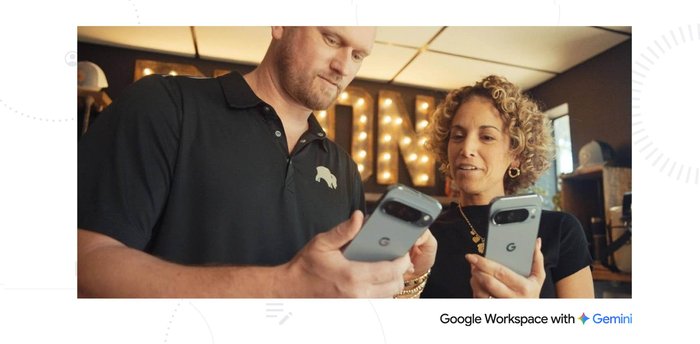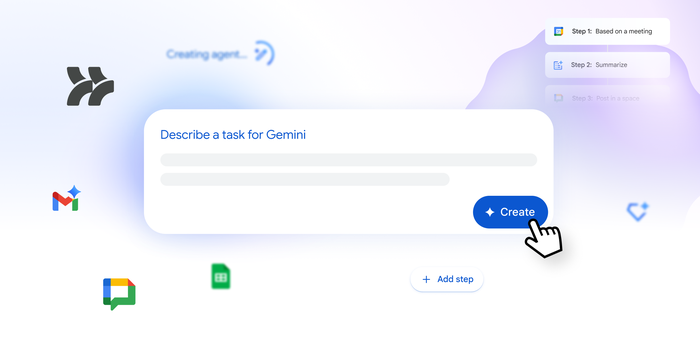How Google Workspace and AI are helping a former engineer tackle the world’s dumbest environmental problem
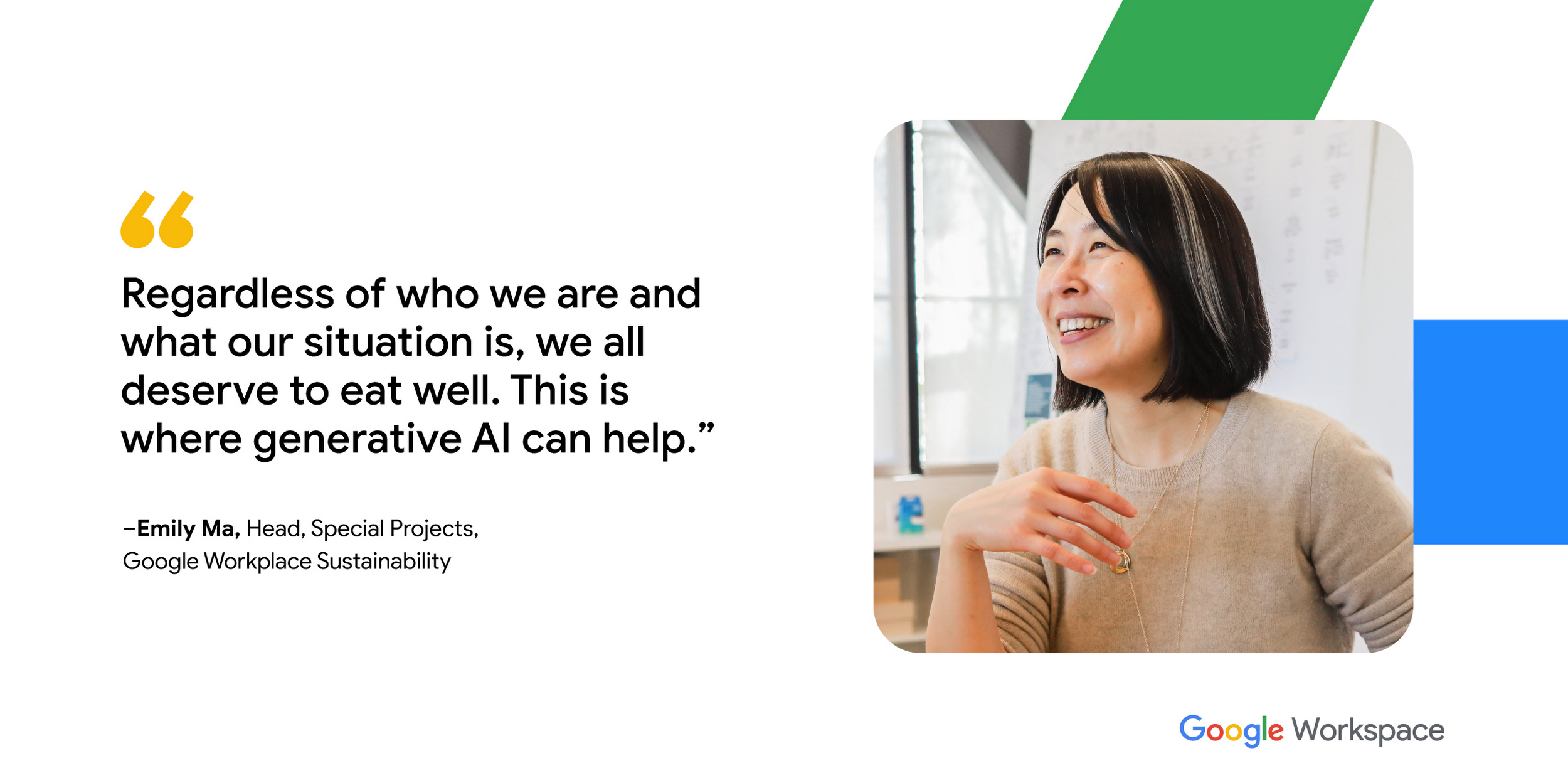
The Google Workspace Team
Google Workspace Newsletter
Keep up with the evolving future of work and collaboration with insights, trends, and product news.
SIGN UPEditor’s note: This post also appears in our LinkedIn newsletter AI@Work with Google Workspace: human perspectives on the new era of work with Duet AI and beyond. Sign up here.
Food waste has often been called the world’s dumbest environmental problem. Why? Because there are enough calories in the world to feed all of its people four times over, yet one in ten people remain food insecure.
When former hardware engineer Emily Ma brought her expertise to Project Delta, then Google, she was determined to solve food waste and insecurity. Since 2020 she’s worked alongside food banks, international non-profits, and hundreds of Googlers who volunteer their time to fight hunger.
To better understand food waste when she came onboard, she joined a food audit on Google campuses to see what people were throwing away. She and a small team collected every trash bag in their building, took it to a designated area, and sorted through it one piece at a time. Then her team developed an AI-powered computer vision algorithm, to find patterns in the waste and generate insights: maybe that leftover cooked rice could be used as an ingredient in fried rice or rice pudding instead of being thrown out.
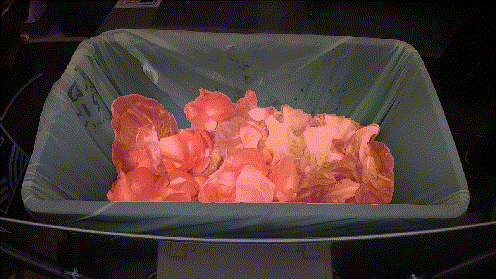

Project Delta’s prototype food identification and categorization system used machine <br/>learning to automatically identify different types of food. Colors above distinguish grapefruits from lettuces.
Since 2014 — informed along the way by insights from Emily and team — Google Food has saved 10 million pounds of food waste. That equates to 25,000 metric tons of carbon emissions and over a billion gallons of water — enough to supply all Google offices with water for 5 years. It’s part of Google’s ambitious plan to divert all campus food waste from landfills by 2025.
Connecting people — and data — to get more food to people in need
To further scale her work, Emily extended her mission beyond the Google campus. By talking to the people who produce, distribute and redistribute food — from farmers to truck drivers to food banks — she and her team have uncovered one of the biggest obstacles to solving food waste and insecurity: the data silo.
“A food bank in Texas might work with a grower of oranges in Florida when a grocery store 20 miles away has a surplus of oranges they’re looking to donate. Historically, there’s been no standard way to share data or even communicate about the flow of food,” says Emily.
To make it easier for food organizations to understand each other’s data, Emily’s team developed an intelligent food distribution system built on Google Cloud’s BigQuery platform. The tool categorizes every entry of donated food and matches it in real-time with the needs of food banks in the Feeding America network. They’ve also brought in grocery and deli surplus from Kroger, America’s largest grocery retailer, opening up millions more meals to communities in need.
Helping food banks embrace AI-powered technology
Emily has helped bring Google Workspace to hundreds of food banks around the world through The Global Foodbanking Network. Because food banks rely on armies of volunteers to bring their missions to life, they need technology that’s accessible, intuitive, and quick to master.
When Elijah Amoo Addo founded Food for All Africa in 2015, he started in Google Docs: “I didn’t know what a food bank requisition form looked like, but I was able to quickly create one with a Docs template. Now our entire logistical operation lives in Meet, Docs, Sheets, and Drive, whether it’s photos we take out in the field or spreadsheets that track every meal our charities serve.” With Workspace spanning its entire operation, Food for All Africa now reaches more than 25,000 beneficiaries every day.
When asked how Duet AI in Workspace could help his organization’s mission, Elijah says, “We plan to explore how generative AI can improve the way we operate, whether it’s writing emails to donors or grant proposals to increase funding or putting together presentations for our beneficiary organizations. Workspace will continue to be an essential part of our mission to solve hunger in Africa.”
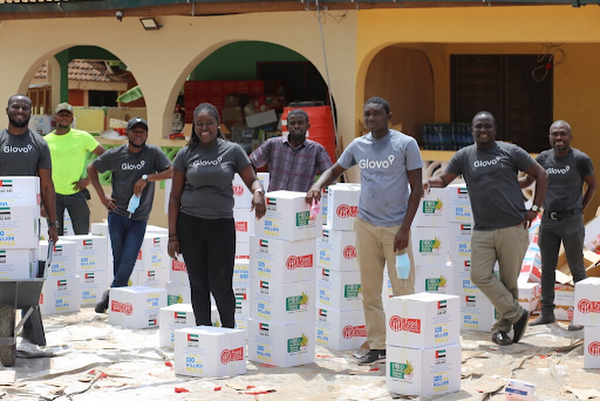

Volunteers prepare to deliver food supplies for Food for All Africa
ABACO, a nonprofit that connects 24 food banks across Colombia and serves meals to thousands of school children on a daily basis, also plans to embrace AI as part of its mission. Norma Fernanda Alonso, ABACO's International Cooperation Manager, says, “We believe AI will be important to us in the future. We already use virtual reality to show potential donors that cannot visit our food banks how our beneficiaries live and what their needs are. AI, like virtual reality, can help us connect people and accelerate our mission.” And because ABACO relies on Google Workspace for Nonprofits, which is provided at no cost to qualifying organizations in over 60 countries, Norma and team can channel those savings into additional meals in the community.
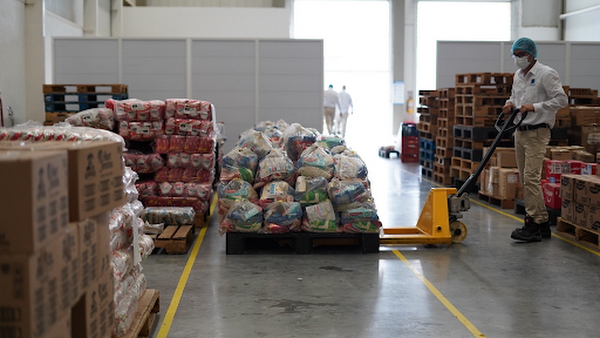

Inside the ABACO food warehouse facility
Like ABACO, Banco de Alimentos in Uruguay serves a large network of social organizations and beneficiaries including schools, churches, and prisons. They operate primarily as a virtual food bank — coordinating shipments across 195 different organizations and reaching more than 50,000 people in a year. “We live in Sheets and we have one master spreadsheet that is like the brain of our operation,” says Dolores Battro, the director of Banco de Alimento. “We use it to track who we’ve sent food to and who should receive it next time around. And because it all lives on the cloud, it’s easy to access on my phone or a laptop in a meeting with donors.”
On the topic of how AI could help with her mission, Dolores says “If AI could recommend, based on data and feedback from our visits with beneficiaries, the best and fairest list of places to send the next shipments to, that would be a big breakthrough for us.”


Preparing a meal for a school that benefits from Banco de Alimentos donations
Ending hunger with generative AI
When asked how generative AI might help solve food waste and insecurity, Emily says, “Food is deeply personal to each of us. And regardless of who we are and what our situation is, we all deserve to eat well. This is where generative AI can help. What if the same machine learning algorithm that helps a Google chef repurpose surplus ingredients could also help a sub-Saharan African food bank make the most of the food they’ve recovered? Generative AI unlocks our ability to make the most of the food we have. If it was possible to end polio in a generation, I believe it is possible to end hunger.”
